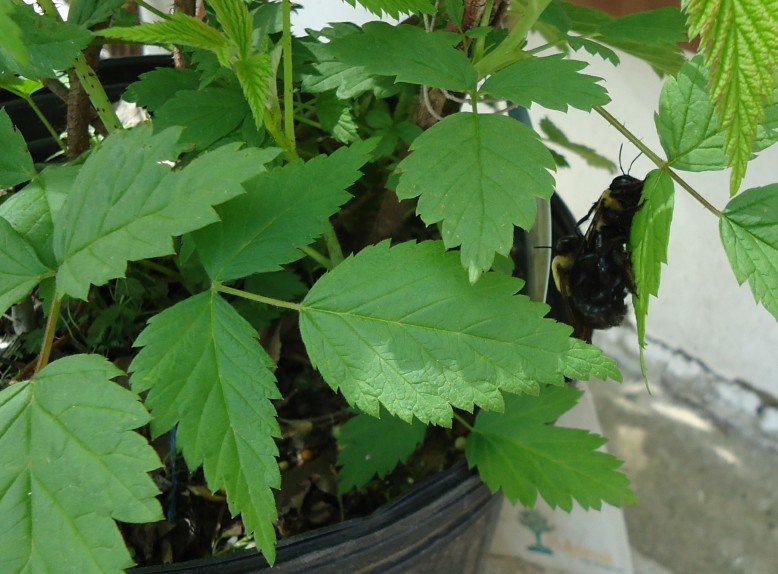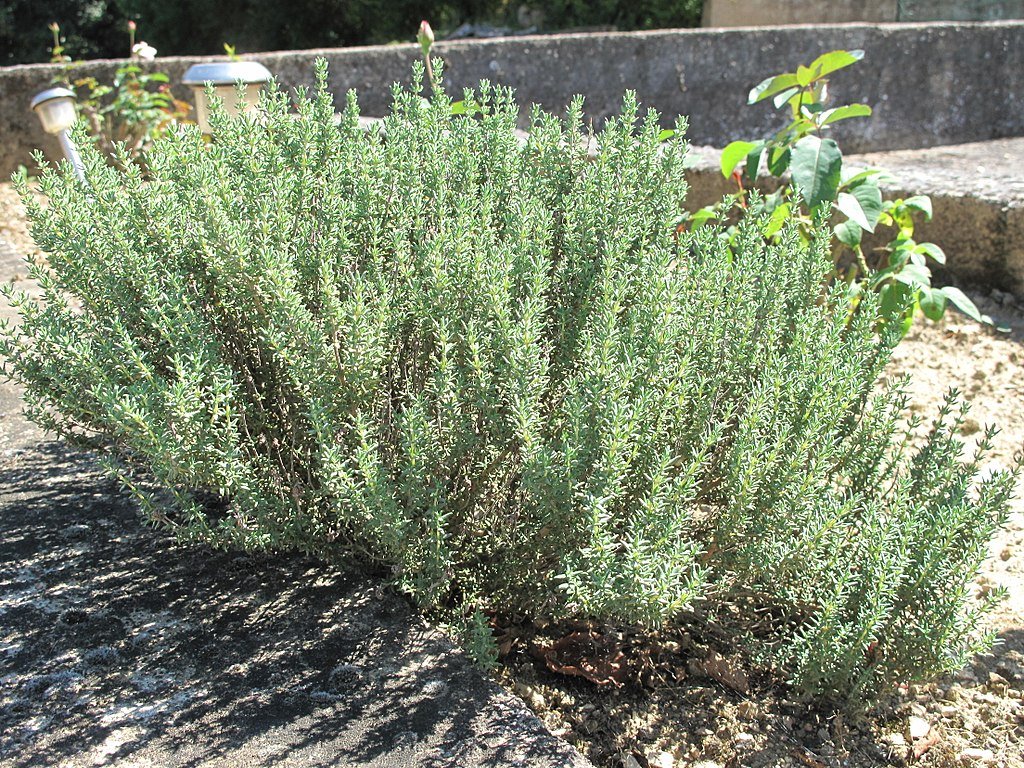Essential Tasks to Keep Your Home Running Smoothly When the Heat Hits
Can you feel the warmth in the air? It's a sign that summer is already on its way! But before you start planning your vacation trip and weekend barbecues, your home needs to be prepared for the season too. There are plenty of tasks that you can do around the house to keep it cool and running smoothly during the hot months. Don't worry, though, we've got you covered. We'll guide you through each step so you can sit back, relax, and enjoy the summer season without any worries.
We've sorted the tasks by inside the home and outside the home; so that you can do each task as the weather allows.
Inside the House
Ceiling Fan Rotation
This one is relatively simple. As the year changes, you can benefit from changing the rotational direction of your fan. During the summer, it's best to have your fan turning counterclockwise. This pushes the cool air down towards the floor and helps you stay cool.
Plumbing Checks
Check Valves And Hoses
The valves and hoses for your washing machine, and your interior and exterior faucets all have connection points that can become loose and even break. As we are heading into summer and you're doing more you want to go ahead and check on these this way you catch any trouble before it starts. You will almost certainly need a professional to make any major changes, but just checking and finding trouble spots is something you can absolutely do on your own.
Inspect Your Pipes
As we all know, summer in Texas is ridiculously hot and dry. Unfortunately, that heat and lack of moisture can cause your pipes to deteriorate and crack. That can then cause the pipes to leak or, in a worst-case scenario, burst. So before you start forcing hundreds of gallons of water through your pipes, it's better to check on any and all of them that you can get to and catch any problems beforehand.
Insulate Your Home
Your home's insulation is essential for keeping you comfortable in both hot and cold weather. However, if you are unsure about the quality of insulation in your home or wish to enhance the existing insulation, several options are available. Checking the insulation in your attic and walls is crucial for ensuring your home is properly insulated. However, most of us hesitate to pull down sheetrock to check the insulation. Fortunately, there are alternative options available. One of the best options is an additive that can be mixed with paint and applied to roofs, interior, and exterior walls. Although it does not replace the need for proper insulation, it has proven to make a significant difference in energy efficiency, according to testing.
Swap Out Shades For Curtains
If you haven't already done it, we highly advise swapping out your winter shades for lighter summer curtains. Whether this means lighter in just color, or lighter in color and material is up to you. Being able to open your windows and let the breeze pour in is helpful for lowering your electric bill.
Fridge
The seasons are turning, which means it is the next time you need to clean out behind your fridge. It might not be the most glamorous task, but your fridge will most certainly appreciate being able to breathe properly. As always, make sure that you tend to the coils and any built-up dust or debris, and move your fridge back into proper alignment so that airflow can circulate around it.
Make sure that you're using a vacuum with a soft brush attachment. You don't want to use water back here as that can damage electrical components, and then you will have a very pretty and oversized box rather than a fridge.
Now that you've tended to the outside of your fridge let's check out the inside. You'll want to closely examine the seals on your refrigerator door all the way around, first by eye and then by hand. You want to ensure that there aren't any spots that are damaged and that the seal doesn't need to be replaced. Once you've checked that out, the next step is to grab a washcloth, some warm water, and soap so that you can clean out any stickiness or debris from the seal. Making sure that your doors can close and seal properly ensures that the fridge can maintain its temperature accurately. Taking care of your fridge like this ensures a much longer and happier life on the part of your appliance.
Washer And Dryer
Your washer and dryer need to have the seals checked, just like we did with your refrigerator. Again, you want to check by eye and then by hand for any signs of debris damage or, in the case of your washer, mold. For your dryer, you want to make sure that there isn't any accumulated lint in and around the seal.
Since the air is already warm during summer, you will want to address the settings on your dryer for summertime. It is not uncommon for dryers to catch fire from being turned up too high. While you're at it, you should also have the filters checked and cleaned by a professional to get rid of any built-up lint. At the same time, having someone look at your washing machine filters and drains would be a good step to roll into the same call.
Now that we've done the inside of the home, let's head outside and see what we can find.
Outside the House
Clean Gutters
It's been a while since we pointed it out, but having your gutters cleaned at least twice a year is extremely important. If your gutters are still jammed full from winter leaves, you can easily have cracks and leaks begin to form under and around them. With time those will begin to damage your home.
Repair Siding
If you have wood siding or shingles, now is a great time to check for post-winter rot. You can also check for dirt or mold that might have built up during the spring and winter rains.You can also look for and repair any damaged areas, faded stain, or chipped paint.
Inspect the Roof
Now, we're not suggesting that you do any roof repair yourself. Between the potential for a fall and the heat, we don't think many of us would want to go up. Instead, grab your binoculars and head across the street to take a look around at your roof. You will be looking for any cracked, curling, or missing shingles on your roof. And while you're at it, you want to make sure that there isn't any damaged or missing flashing. Keep a close look on your chimneys, your pipes or any skylights that you have. Just like with the valves and hoses, if you already know where to point a professional, then youve already solved part of the problem.
Clean The Grill
When you've got a cooler day, you might as well open up the grill and give it a good cleaning. Most of us love cooking on the grill during the summer, whether it's for family events or just regular weeknight dinners, grills are a uniquely summertime tool. To that end, make sure you go over everything. Not just to clean it, but to make sure that the connections are still in one piece. If there are any wires or pipes, check to see that nothing has been chewed on, or destroyed by the elements. Essentially, you want to go over any piece that could break and make sure it's functioning properly and then go over any piece that can be dirty and clean it before you light your grill for the first time.
As summer approaches, it's time to get your home ready for the heat and outdoor fun. From ceiling fan adjustments to grill cleanings, we've got you covered with these essential tips to ensure your home stays cool and comfortable all season long. But if you ever find yourself in need of professional assistance with your appliances, Appliance Rescue Service is just a call away. Whether it's a malfunctioning refrigerator or a faulty dryer, our team is here to help keep your home running smoothly. Don't hesitate to reach out for expert maintenance and repair services. Enjoy your summer worry-free with Appliance Rescue Service by your side.
Call: (214) 599-0055
Website

































